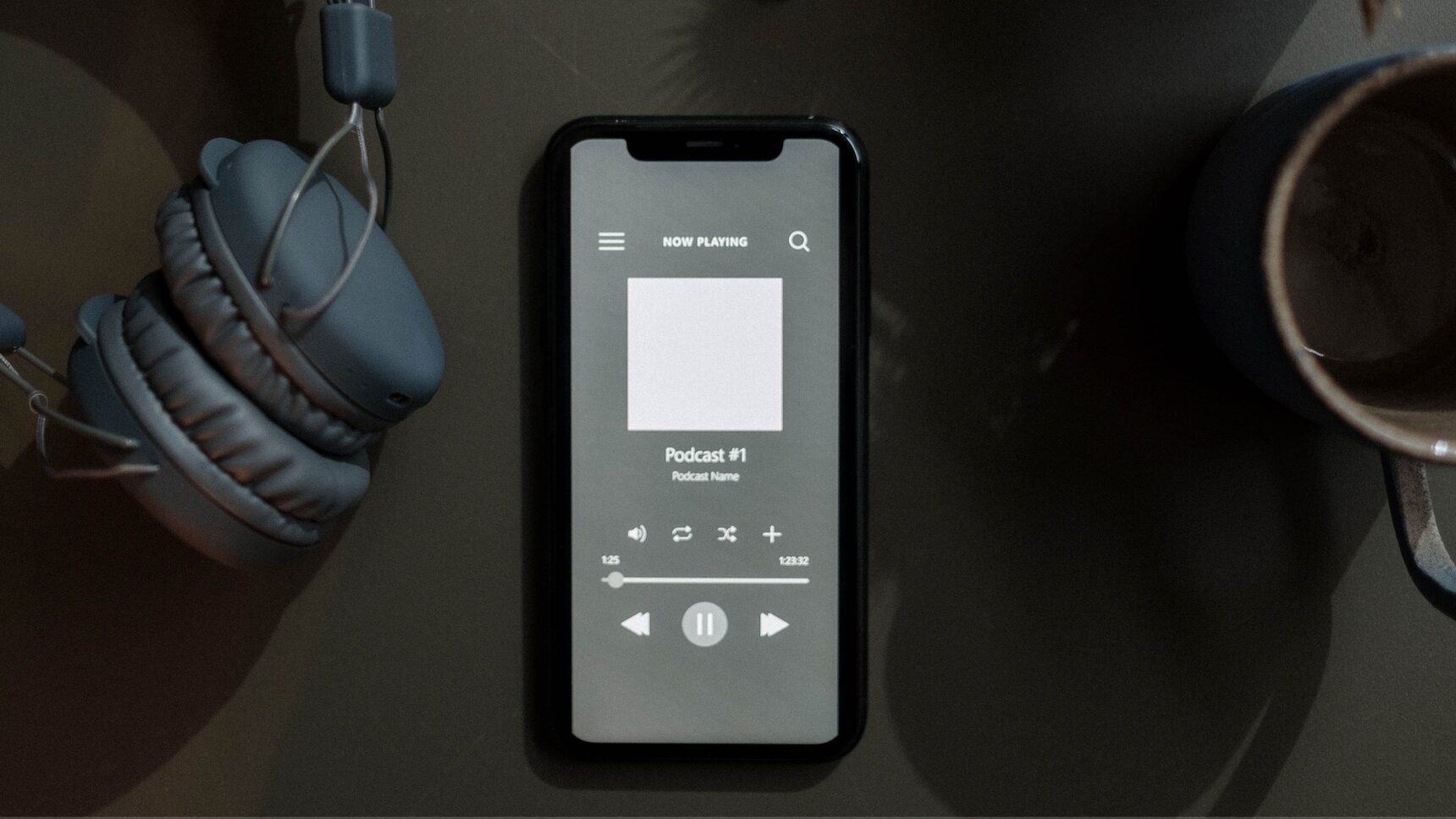So You Want To Start A Podcast
Want to start a podcast but don’t know how? There are five main things that you need to start a podcast, and the good news is – they’re pretty basic. It all boils down to an idea, a microphone, a way to record, audio editing software, and somewhere to host it.
We’ll walk you through the basics and give you a crash course in Podcasting 101.
1. AN IDEA
Every good podcast starts with an idea that speaks to you. There are podcasts for literally everything under the sun and chances are, if you’re interested in something…someone else out there is interested in it, too. Do you love space? History? Video games? Are you a comedian or do you and your friends just have GREAT conversations you think would translate well to a podcast? These are all ideas that form the foundation of a good podcast.
Content is so important that our CEO, Bert Weiss, has this philosophy: “Before marketing, promoting and trying to gain an audience you MUST have well-targeted content and know how to deliver that content properly. EVERYTHING else is secondary. Period. Why spend time, money, energy, effort on a podcast that has no chance of gaining a loyal audience if the content and delivery doesn’t connect?”
In short: content is king. Figure out what you’re talking about and get your game plan in place.
2. A MICROPHONE
Audio quality is obviously a keystone of any credible podcast. Think about it – you don’t want to watch a movie shot on a low quality phone camera – why is podcasting any different? Nothing will make you lose listeners faster than poor audio quality. While there are tons of great professional level mics out there (and those will cost you), there are tons of affordable options on the market, too. Blue and Shure are two brands that come to mind (one of the podcast hosts of BROADly Speaking uses a Blue Yeti mic along with other members of The Bert Show when they broadcast from home). Make sure the microphone you’re getting can plug into your computer, most likely via USB (double check your ports if you have a Mac). If you’re interested in the sound quality of the microphone you’re considering, you can search reviews on YouTube to get an idea of what it’ll sound like. Keep in mind, some of these reviewers will either be in professional studios or special soundproofed rooms they’ve built. When you record your podcast, you’ll want to be in a small, enclosed space – even better if you can put some soundproofing tiles up. Funny enough, closets also work really well for recording podcasts as clothes act like natural soundproofing (however, it doesn’t always look so great on camera, so if you’re filming your podcast, keep your background in mind).
3. RECORDING SOFTWARE
So you’ve got your idea and you’ve got your mic – now what? You’re gonna need a way to record it, and if you don’t have access to a full blown professional studio…where do you even start? And what if your co-hosts aren’t even in the same state as you? There are tons of options for recording online – some of which even record video, too – like Zencastr and Riverside.FM – where you can invite multiple hosts or guests from multiple locations to record your podcast.
4. AUDIO EDITING SOFTWARE
Once you’ve recorded and downloaded your audio, you’ll want to clean it up. Coughs, sniffles and sneezes, filler or crutch words (think: “like,” “um,” “so…”), things you didn’t mean to say – they sneak in and distract from the listening experience. You can try programs like Garage Band for simple edits or Audacity and Adobe Audition for more complex editing. If it seems daunting, don’t worry – you don’t need a ton of training to edit this basic stuff out; there are guides all over the web. You may also want to consider adding an open and a closer – something branded that introduces your show (like our shows In The Moement and BROADly Speaking use). Just make sure that if you’re using music, you own the copyright or have it properly licensed to avoid potential fines.
5. A PODCAST HOSTING SERVICE
Finally. You’ve recorded your podcast, edited it, and now you’re ready to get ears on it – now what? Where do you even post it? You’re going to need somewhere to host your podcast. And how do you even get it onto Apple Podcasts, Spotify, and Google Podcasts, never mind the rest of the countless streaming platforms out there? If you’re a podcast on the Pionaire Podcast Network, we handle all of that for you, along with ad sales. If you’re foraying out on your own, there are many hosting platforms out there that can host your audio for free (or for a nominal monthly subscription, depending on the service) – you just need to do some research to find what’s right for you. A few of the most popular ones: Anchor.FM, Buzzsprout, Podbean, Spreaker, blubrry, and Libsyn are a few. Once you’ve signed up and uploaded your first episode, there will be guides that show you how to then share your RSS Feed to other major platforms like Apple and Spotify.
And there you have it – the foundational basics of launching a podcast. Sure, there’s a lot more when it comes to content strategy, marketing, standing out from the crowd, and selling ads on your podcast, but the five points above are the keys to getting your podcast off the ground and up and running. For everything else you need help with, that’s where we come in.






